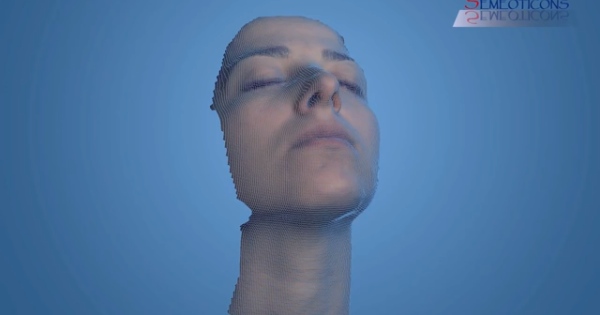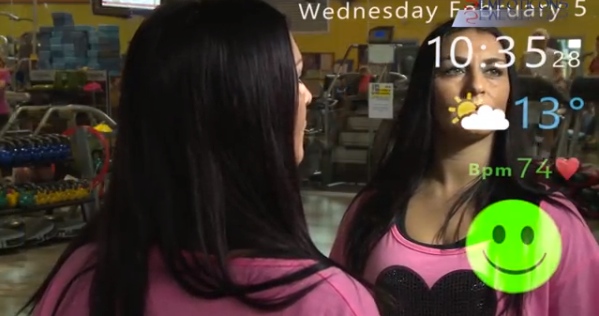If you’re the sort of person who is into 3D imaging (you’re reading SPAR, aren’t you?) and likes to record your exercise using an activity tracker (I’m guilty of this one myself), then you might have wondered when the two would finally come together. Well, that day is today: meet the Wize Mirror.
Wize (the “wise wizard” mirror) is a multi-million Euro project currently under development by a consortium of 11 different European research institutions. It looks like a normal mirror, but the device houses a bevy of sensors that it uses to judge the “state of health” of the person looking into it. It assesses risk for cardio-metabolic diseases by examining a person’s face for their level of fatty tissue, the general level of stressful emotion such as anxiety or fatigue, and the amount of blood flow in the skin.
Just touch the mirror to turn on the display and start a scan. Wait, and see your results.

Notably, it is set to include a proprietary 3D scanner designed specifically for measuring the human face. SEMEOTICONS is using a commercial scanner in the testing process, but they’re working on their own device, which will be “able to process a real-time 3D construction of a subject’s face to analyze every detail.”
What for, you may ask? To measure fluctuations in your weight. Sounds like an unnecessarily expensive scale.
Though details are vague about exactly what kind of 3D sensor the team is developing, the official project page includes a few hints. The video below shows the researchers using a structured light sensor, and this page describing the project explains that the sensors are “optical” (not very helpful information) and uses “multicolor lights to explore photometric 3D reconstruction” (which is slightly more helpful information).
Chances are good they’ll be sticking a structured light scanner in the mirror.
The idea of regularly tracking a person’s risk for heart problems is a good one. Still, the idea of sticking all these web-enabled sensors in a mirror seems a little creepy considering the rooms you’re likely to put it in—your bathroom or bedroom. If that idea doesn’t creep you out, maybe that video I posted above will. It includes a weird, slightly inhuman voice explaining the project over atmospheric music. If this is the future I’m not sure I’m onboard.
Clinical trials are set to begin in France and Italy next yet.






